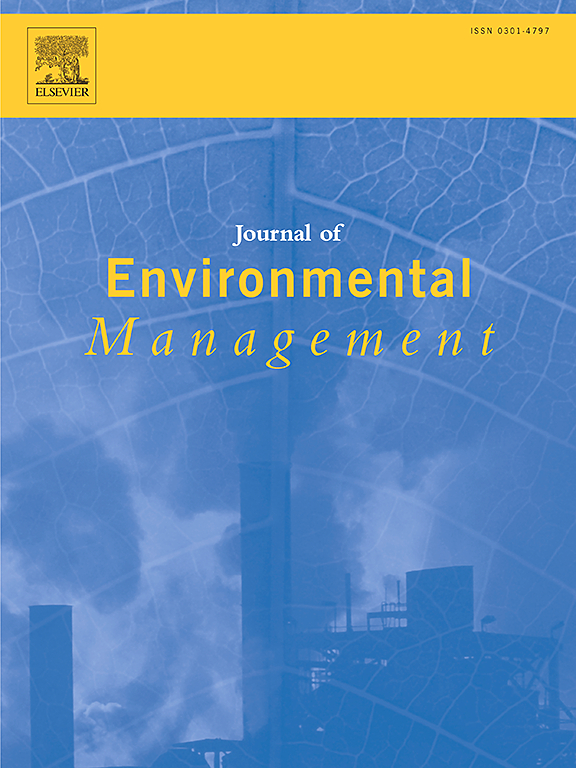Sustained energy generation from unusable waste steel through microbial assisted fuel cell systems
IF 8
2区 环境科学与生态学
Q1 ENVIRONMENTAL SCIENCES
引用次数: 0
Abstract
In the present study, a novel green energy generation process assisted with Microbial Fuel Cell (MFC) principle for generation of electricity from used or wasted steel is explored. Through a unique approach, unused and other steel waste are recast by simple re-melting with a flexible wide composition for generation of green energy. A microbial-assisted electron transfer derived from the degradation of the steel material is utilized for production of green energy in a microbial galvanic reactor system. A. ferrooxidans acts as biocatalysts, facilitating the oxidization of ferrous ion (Fe2+) to ferric ion (Fe3+). The reaction takes place on the biofilm matrix which results in oxidised reactive zones that endorses further degradation or dissolution of Fe anode. This consequently results in achieving the highest power density as high as 4.92 ± 0.03 mW/cm2 at a current density of 0.01 ± 9 mA/cm2. The total cost of the unusable steel anode and other accessories are roughly estimated to be 7.94 $/m2 and 178.54 $/m2 and the gain from unit power generation is estimated to be 3.79 $/W, assuming continuous operation of 4.92 ± 0.03 mW/cm2. The present study presents a potent methodology/strategy for the generation of sustainable bioenergy from low-cost, unusable steel materials, which cannot be anyway used as such in other battery systems, say iron air cells/batteries.
通过微生物辅助燃料电池系统从不可利用的废钢中持续产生能量。
本研究利用微生物燃料电池(MFC)原理,探索了一种利用废旧钢铁发电的新型绿色能源生产工艺。通过一种独特的方法,未使用过的钢材和其他废钢通过简单的再熔化,以一种灵活的广泛成分进行再铸造,从而产生绿色能源。在微生物电镀反应器系统中,利用钢铁材料降解产生的微生物辅助电子传递来生产绿色能源。铁氧化酵母作为生物催化剂,促进亚铁离子(Fe2+)氧化为铁离子(Fe3+)。反应发生在生物膜基质上,形成氧化反应区,从而促进铁阳极的进一步降解或溶解。因此,在电流密度为 0.01 ± 9 mA/cm2 时,最高功率密度可达 4.92 ± 0.03 mW/cm2。据粗略估算,不可用钢阳极和其他配件的总成本分别为 7.94 美元/平方米和 178.54 美元/平方米,而假设连续运行功率为 4.92 ± 0.03 mW/cm2,则单位发电量的收益估计为 3.79 美元/瓦。本研究提出了一种有效的方法/策略,利用低成本、不可用的钢铁材料生产可持续生物能源,这些材料无论如何都不能用于其他电池系统,如铁空气电池/电池。
本文章由计算机程序翻译,如有差异,请以英文原文为准。
求助全文
约1分钟内获得全文
求助全文
来源期刊

Journal of Environmental Management
环境科学-环境科学
CiteScore
13.70
自引率
5.70%
发文量
2477
审稿时长
84 days
期刊介绍:
The Journal of Environmental Management is a journal for the publication of peer reviewed, original research for all aspects of management and the managed use of the environment, both natural and man-made.Critical review articles are also welcome; submission of these is strongly encouraged.
 求助内容:
求助内容: 应助结果提醒方式:
应助结果提醒方式:


